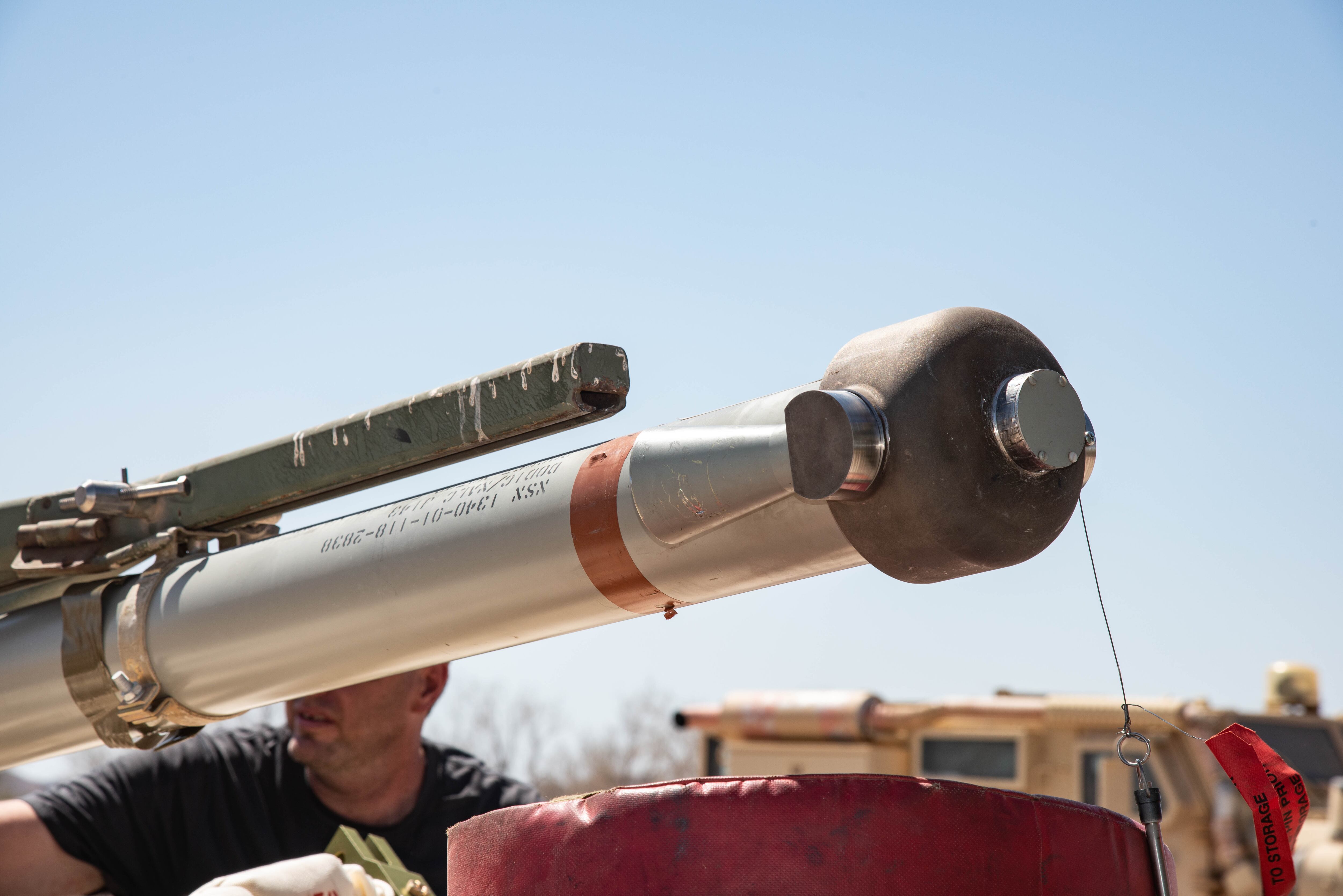WASHINGTON ― Marines may be learning whole new ways to fight in a new kind of littoral battlespace, against different adversaries such as the Chinese military, but an old foe still lurks on any likely future battlefield: improvised explosive devices.
While the knowledge and training to counter IEDs didn’t completely disappear, it did fade from prominence for future battle prep and widespread practice. But the threat continues to evolve.
During the Thursday panel on training and education at the 2022 Modern Day Marine Expo in Washington, Maj. Gen. Julian D. Alford, head of Training Command, was asked what lessons, if any, had been learned from the ongoing fight against the Russian invasion of Ukraine that could be applied to training now.
“No. 1 is we have to have counter-IED programs stood back up, period,” Alford said. “It’s criminal if we don’t train our Marines on counter-IED before they deploy.”
RELATED

Alford noted that when the Russian forces pulled back from northern Kyiv, multiple Ukrainian civilians and soldiers were killed by IEDs left by the Russians.
“We’ve been preaching this for a long time ― that the IED works,” Alford said. “So, China’s going to use the IED, Russia’s using the IED, Iran, North Korea and, of course, extremists.”
The Marine Corps working to stand back up that training in 2022, Alford said.

In a roundtable with media members following the panel discussion, Alford noted that the Corps previously had a contractor with previous military experience that would scour public sourced and classified reports to keep up with how IEDs were being used across the globe.
Col. Gary McCullar, head of the Marine Corps Engineer School at Camp Lejeune, North Carolina, is reworking the program right now to better incorporate existing and evolving IED threats, such as those observed in Ukraine, he said.
“The one we stood down had a lot of route clearance, road stuff, so we started to revamp it, with (Lt. Gen. Kevin Iiams) and myself giving him guidance to get back in the jungle,” he said. “And Camp Lejeune is a great place for that because it is a nasty jungle.”

And as technical-sounding as IED might be, especially some of the more sophisticated versions and emplacements used in recent wars, some of the training harkens back to a century of modern warfare or older.
“Booby traps, that’s essentially all an IED is,” Alford said.
The Marine Corps has four listed counter-IED courses offered at the Marine Corps Air Ground Combat Center at Twentynine Palms, California that cover understanding, recognizing, finding and seeing the IED threat in the “big picture,” according to the center’s website.
A 2018 Marine Corps Order establishes counter-IED training requirements at the service level.

“All Marine units will train to operate in environments with an IED threat,” according to MCO 3502.10.
The order also requires all leaders to be familiar with the underlying tenets of IED warfare and how adversaries will employ them. And all forms of Marine air-ground task forces will establish mission essential task lists for operating environments with IEDs.
Counter-IED training was prevalent across the Corps, through schools, predeployment training, Marine expeditionary unit training cycles and even through mobile training teams going to units at home station, he said. The Marines want to get back to that type of training.
“It’s a requirement in all of your (Geographic Combatant Commands) that you go through IED training,” Alford said. “So, it’s incumbent upon us to figure out how to do that for the Corps, because it’s not going away. And this war in Ukraine is just proof of what we already knew.”
Todd South has written about crime, courts, government and the military for multiple publications since 2004 and was named a 2014 Pulitzer finalist for a co-written project on witness intimidation. Todd is a Marine veteran of the Iraq War.








